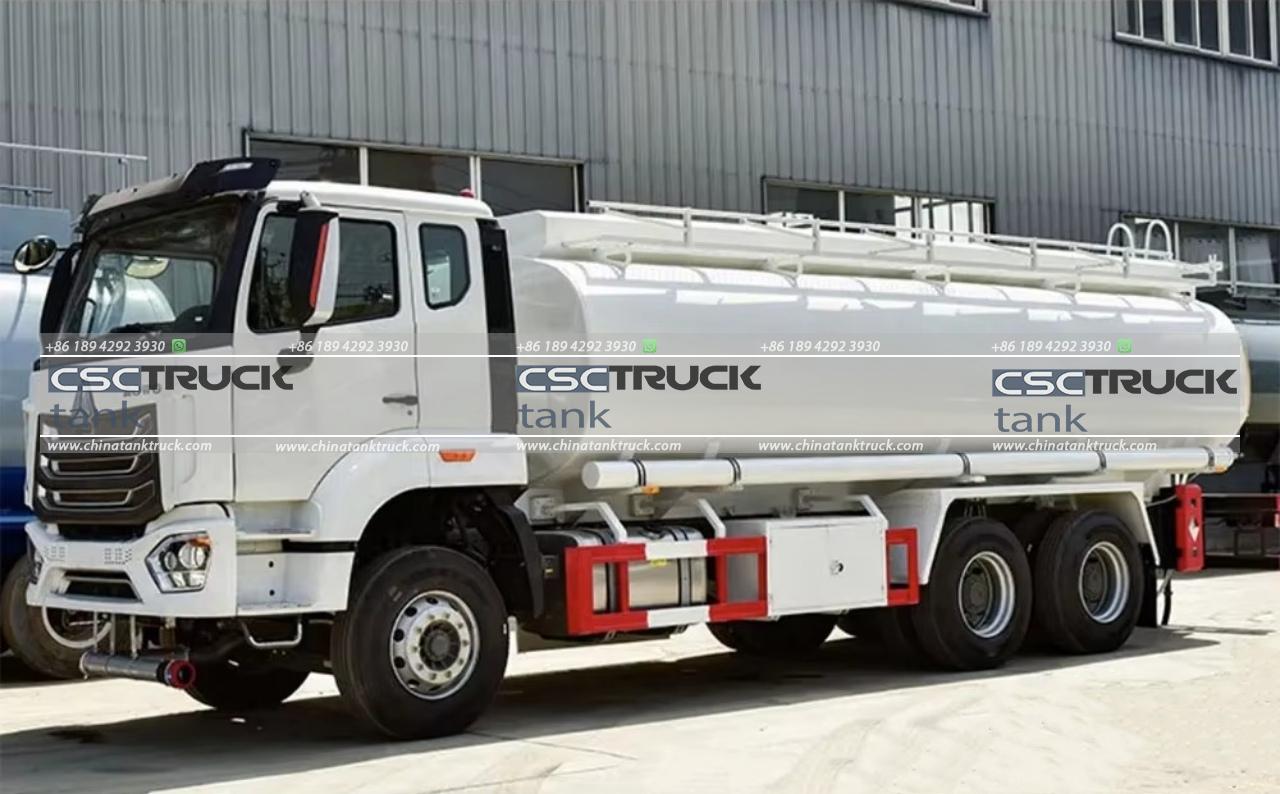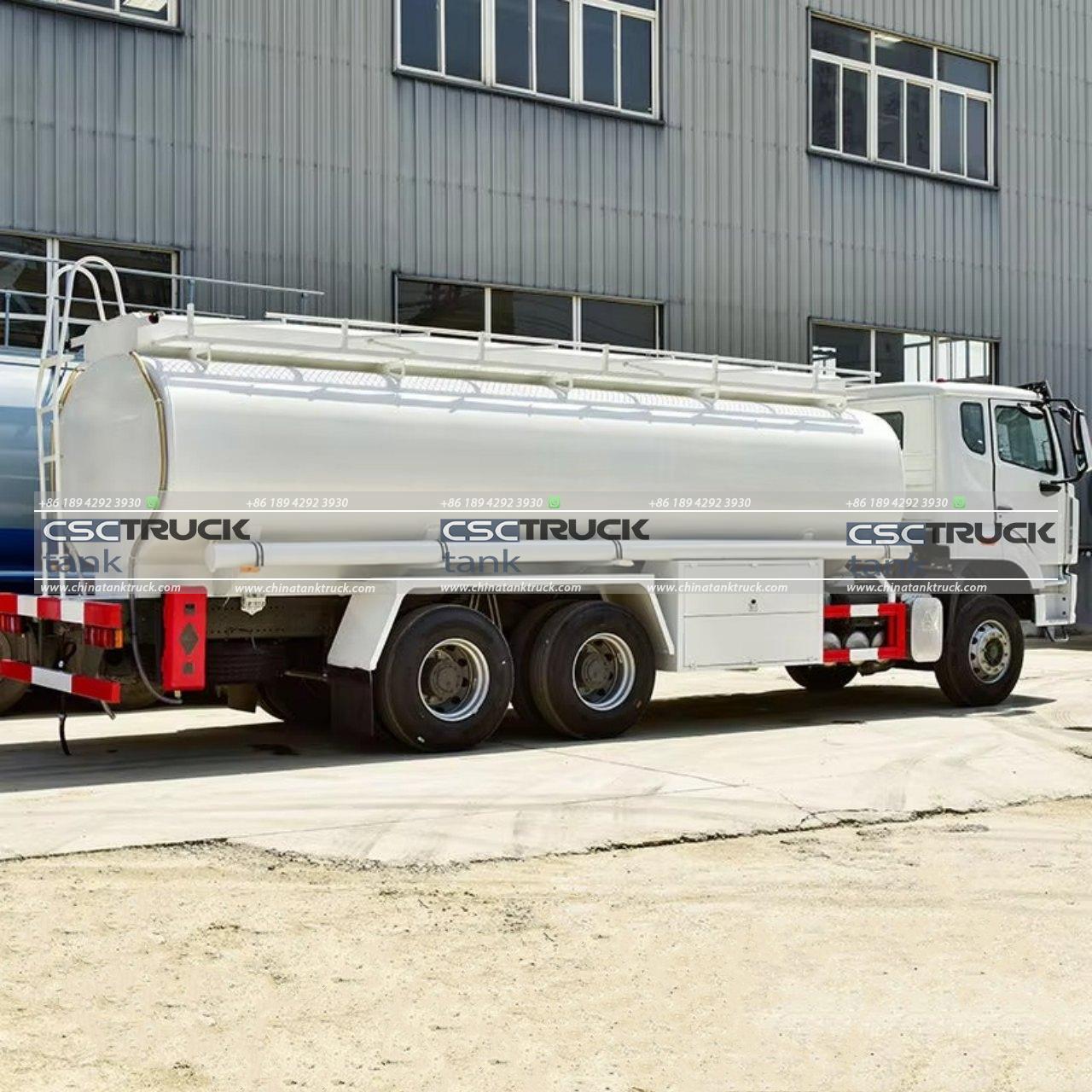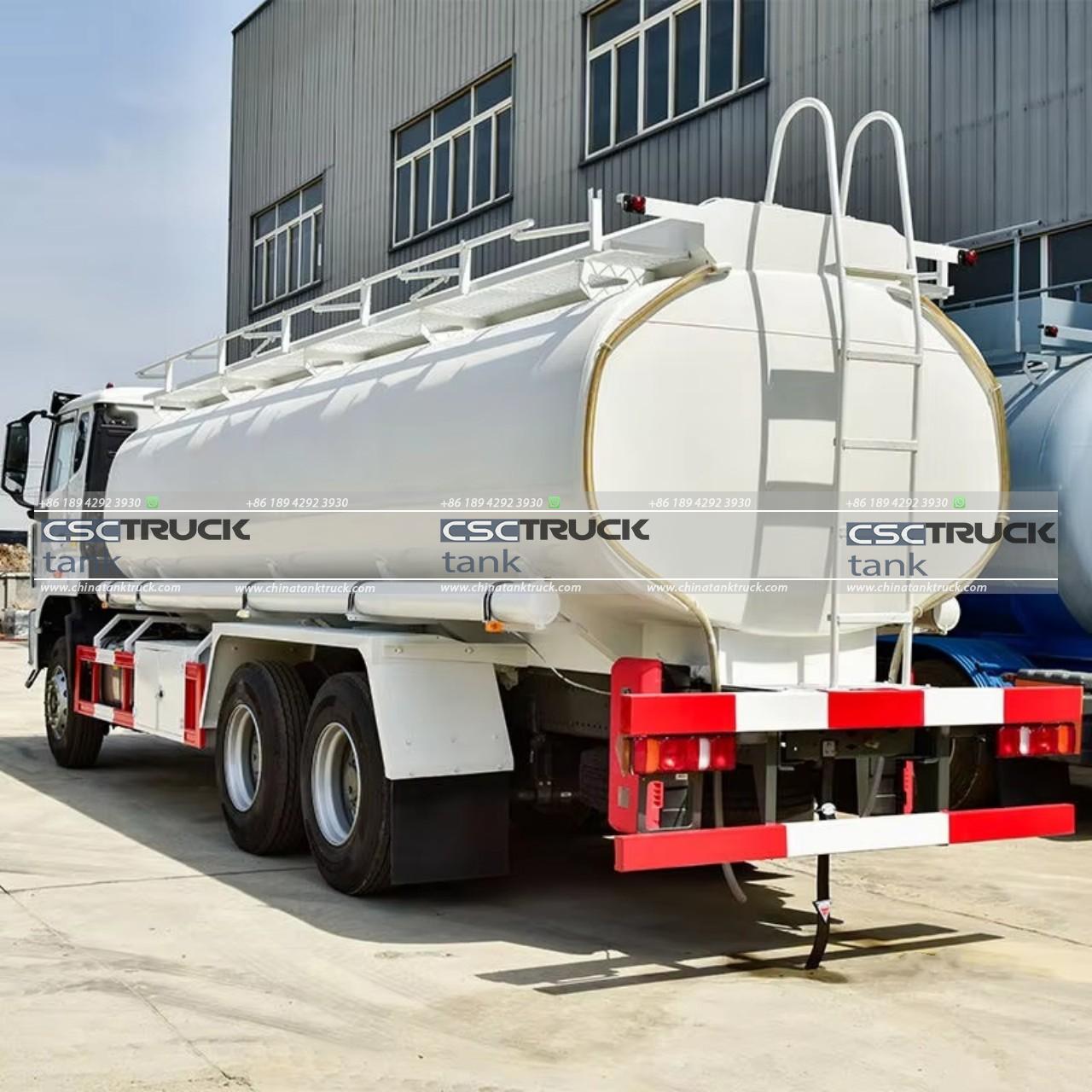What is a Dual Tank Truck?
In the world of transportation and logistics, dual tank trucks represent a specialized category of vehicles designed to optimize the transport of various liquids or gases. These trucks are equipped with 2 separate tanks, allowing them to carry different types of substances simultaneously or increase the capacity for a single substance. This dual-tank configuration offers significant advantages in efficiency, versatility, and safety, making them a vital asset in industries such as fuel distribution, chemical transport, and water delivery.
Key Features of Dual Tank Trucks
1. Dual Tank Configuration:
The most defining feature of a dual-tank truck is its 2 separate tanks. These tanks are usually designed to be independent of each other, allowing the truck to carry different substances without the risk of contamination. The tanks can be of equal size or vary in capacity depending on the specific requirements of the transportation job. The dual tank setup enables operators to deliver 2 types of products in a single trip, which is particularly useful in industries where mixed loads are common.
2. Versatility in Transport:
Dual tank trucks are highly versatile and capable of transporting a wide range of liquids and gases. For instance, a dual tank fuel truck might carry both gasoline and diesel, while a chemical transport truck might carry 2 different types of chemicals. This versatility reduces the need for multiple trips and vehicles, which in turn lowers operational costs and minimizes the environmental impact due to reduced fuel consumption and emissions.
3. Safety and Compliance:
Safety is a paramount concern in the design and operation of dual tank trucks. The separation of tanks ensures that incompatible substances do not mix, which is crucial when transporting hazardous materials. These trucks are built to comply with stringent safety regulations, including those set by organizations such as the Department of Transportation (DOT) and the Environmental Protection Agency (EPA). Features like spill containment, pressure relief valves, and robust tank construction materials are standard to prevent accidents and ensure safe transport.
4. Efficiency and Cost-Effectiveness:
By allowing the simultaneous transport of different substances, dual tank trucks increase operational efficiency. Companies can reduce the number of trips required to deliver multiple products, leading to lower fuel costs, reduced labor expenses, and quicker delivery times. This efficiency is especially beneficial in industries such as fuel distribution, where time-sensitive deliveries are critical.

Applications of Dual Tank Trucks
1. Fuel Distribution:
One of the most common uses of dual tank trucks is in the fuel distribution industry. These trucks can carry both gasoline and diesel fuel to service stations, reducing the need for separate deliveries. This not only streamlines the supply chain but also ensures that fuel stations remain stocked with both types of fuel, meeting consumer demand more effectively.
2. Chemical Transport:
In the chemical industry, dual tank trucks are used to transport various chemicals, including those that may not be compatible with each other if mixed. The ability to carry multiple chemicals in one trip without cross-contamination is crucial for industries that rely on the safe and efficient delivery of raw materials to manufacturing plants or other facilities.
3. Water Delivery:
Dual tank trucks are also employed in the water delivery industry, particularly in areas where different types of water are required. For example, a truck might carry both potable water for drinking and non-potable water for industrial use. This dual delivery capability ensures that the right type of water is available for various applications without the need for multiple vehicles.
4. Agriculture:
In agriculture, dual tank trucks can be used to transport both water and liquid fertilizers or pesticides. This allows farmers to carry out multiple tasks with a single vehicle, such as irrigating crops and applying treatments, thereby saving time and resources.
5. Waste Management:
Dual tank trucks are also valuable in waste management, where they might be used to collect both liquid and semi-liquid waste from industrial processes. The separation of tanks ensures that different types of waste can be collected and transported without risk of cross-contamination, which is essential for safe disposal or recycling.
Design and Construction
1. Tank Materials:
The tanks on dual tank trucks are typically constructed from materials that are resistant to the substances they carry. Common materials include stainless steel, aluminum, and specialized polymers. The choice of material depends on factors such as chemical compatibility, weight, and regulatory requirements for the specific substances being transported.
2. Insulation and Heating:
Some dual tank trucks are equipped with insulation and heating systems to maintain the temperature of the substances they carry. This is particularly important for transporting liquids that need to be kept at specific temperatures, such as certain chemicals or food-grade products. The ability to control the temperature ensures that the quality of the product is maintained during transport.
3. Pumping and Delivery Systems:
Dual tank trucks are fitted with sophisticated pumping and delivery systems that allow for the controlled discharge of the contents from each tank. These systems are designed to be user-friendly and efficient, enabling the operator to deliver precise amounts of each substance. This is especially important in industries like fuel distribution, where accurate measurement is critical.
4. Advanced Safety Features:
Safety is a top priority in the design of dual tank trucks. Features such as anti-rollover systems, electronic stability control, and advanced braking systems are often incorporated to prevent accidents. Additionally, dual tank trucks may be equipped with monitoring systems that track the condition of the cargo, alerting the driver to potential issues such as leaks or temperature fluctuations.

Challenges and Considerations
1. Regulatory Compliance:
Operating dual tank trucks requires strict adherence to regulatory standards. Companies must ensure that their vehicles meet all relevant safety and environmental regulations, which can vary depending on the region and the type of substances being transported. Non-compliance can result in significant penalties, legal issues, and reputational damage.
2. Maintenance and Upkeep:
Maintaining a dual tank truck can be more complex and costly than a standard single-tank truck. Regular inspections, cleaning, and servicing are essential to ensure the safety and efficiency of the vehicle. The dual tank configuration also means that more components need to be monitored and maintained, such as separate pumps, valves, and monitoring systems.
3. Driver Training:
Operators of dual tank trucks require specialized training to handle the complexities of driving and managing these vehicles. Drivers must be knowledgeable about the specific substances they are transporting, as well as the safety procedures for loading, unloading, and responding to emergencies. Proper training is crucial to prevent accidents and ensure compliance with regulations.
Conclusion
Dual tank trucks are a critical component of the transportation and logistics industry, offering unparalleled versatility, efficiency, and safety. Their ability to carry multiple substances in a single trip makes them an invaluable asset across various sectors, from fuel distribution to agriculture. While they come with their own set of challenges, the benefits they provide in terms of operational efficiency and cost-effectiveness make them a worthy investment for companies that require the transport of diverse liquids and gases. As industries continue to evolve, the role of dual tank trucks is likely to expand, driven by the ongoing demand for flexible and efficient transportation solutions.


